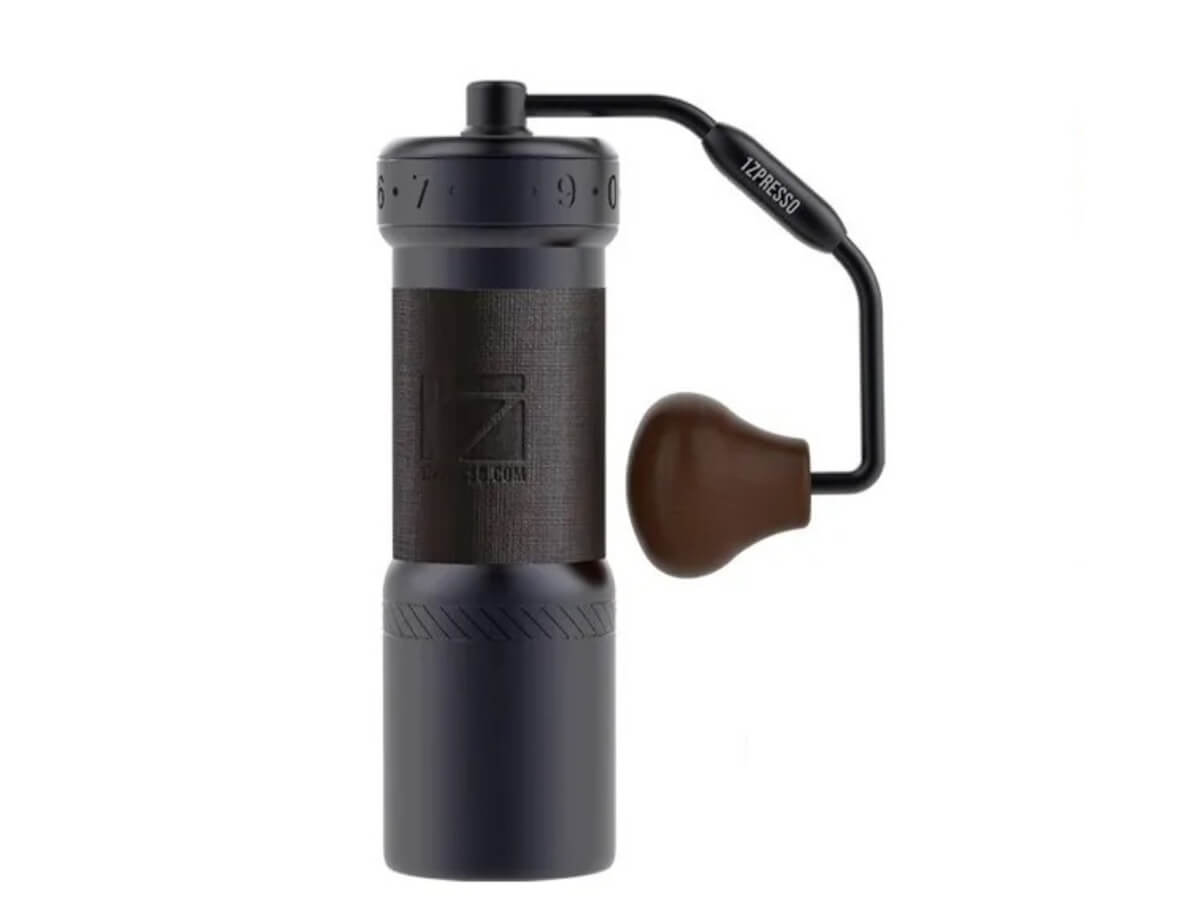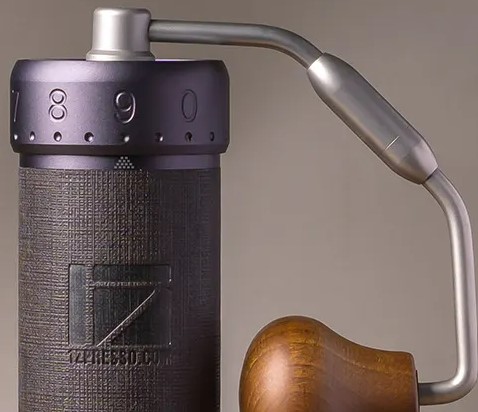Master the Art of Grinding Coffee Beans: An Overview to Coffee Grinders
For coffee enthusiasts, the procedure of grinding coffee beans is more than just a routine job; it is an art kind that can greatly affect the flavor and quality of the last brew. Understanding the nuances of various grinder types, selecting the appropriate work size, and employing the right strategies are important steps towards achieving that best mug of coffee.
Kinds Of Coffee Grinders
There are 3 main sorts of coffee grinders typically used by coffee fanatics: blade mills, burr grinders, and hands-on grinders. Blade grinders are one of the most basic type, making use of an easy blade to chop the coffee beans. While they are inexpensive and easy to use, they often cause unequal coffee grounds because of inconsistent grinding. Burr mills, on the various other hand, supply even more precision by crushing the beans between a moving grinding wheel and a non-moving surface. This causes a consistent work size, which is essential for a constant coffee flavor. Burr mills are available in both level and conelike shapes, each offering somewhat different grinding characteristics.
Manual grinders, as the name recommends, need manual initiative to grind the coffee beans. They are frequently chosen by those who enjoy the process of hand brewing coffee or for those who value mobility. Hand-operated grinders can vary in style, from basic portable models to a lot more elaborate kitchen counter variations. While they may call for more initiative, hands-on mills provide control over the grinding process, allowing individuals to adjust the work dimension to their choice. Each type of coffee mill has its advantages and excellent use cases, dealing with the diverse preferences of coffee enthusiasts.

Picking the Right Grind Dimension
With an understanding of the different sorts of coffee mills, the following vital action in achieving the ideal cup of coffee is selecting the right grind dimension. The grind size plays a significant role in establishing the flavor profile of your coffee (1Zpresso J-Max). Different brewing techniques require certain work sizes to optimize the removal of flavors from the coffee grounds
For a rugged grind, perfect for French press and cool brew methods, the coffee beans must look like breadcrumbs, providing a robust and vibrant flavor. Medium-coarse grinds, appropriate for Chemex or Clever Dripper, have an appearance similar to rugged sand, using a well balanced taste.
Medium grinds, typically utilized in drip coffee machine, have a consistency looking use this link like routine sand, causing an all-around taste. Fine grinds, finest for coffee makers, belong to salt, producing a rich and extreme preference. Extra-fine grinds, made use of in Turkish coffee, are as fine as powdered sugar and produce a strong and powerful mixture.
Grinding Methods for Ideal Flavor
To draw out the greatest possibility of flavor from your coffee beans, mastering correct grinding methods is vital. Consistency is essential when it concerns grinding coffee beans for optimal taste. Making sure that the coffee beans are ground uniformly is crucial to attain a balanced extraction during the developing procedure. One of the fundamental methods for enhancing flavor is to change the work dimension based on the developing technique being used. For instance, a great work is perfect for espresso makers, while a crude grind is extra suitable for French press brewing. Furthermore, the grinding time plays a substantial duty in flavor removal. Over-grinding can result in a bitter preference, while under-grinding may cause a sour flavor. It is suggested to try out different work sizes and brewing times to find the excellent equilibrium that matches your preference preferences. By taking note of these grinding techniques, you can boost the taste profile of your coffee and enjoy my company a more enjoyable cup every single time.
Maintenance and Cleansing Tips

Replace any type of damaged parts quickly to keep the quality of your coffee work. By adhering to these maintenance and cleansing ideas, you can ensure that your coffee grinder proceeds to supply tasty fresh ground coffee for years to come.
Troubleshooting Common Mill Issues


Ensuring your coffee mill operates efficiently requires adept troubleshooting of typical problems that may arise during its usage. One typical trouble with coffee grinders is irregular grind size. This issue can happen because of dull blades, incorrect calibration, or irregular coffee beans. To resolve this, guarantee your grinder's blades are sharp and properly aligned, adjust the mill according to the wanted grind size, and shake the mill carefully while in operation to help achieve a more uniform work.
This can occur when oils from the coffee beans build up and obstruct the mill's chute. To settle this, Resources disassemble the grinder and clean all parts thoroughly, paying unique interest to the chute and burrs.
Lastly, if your mill is producing excessive noise throughout procedure, it could indicate a problem with the electric motor or internal components. In such cases, it is suggested to speak with the manufacturer's guidelines for fixing actions or look for professional aid to diagnose and rectify the problem promptly.
Verdict
In final thought, mastering the art of grinding coffee beans includes comprehending the different kinds of coffee mills, selecting the appropriate work size, using appropriate grinding strategies for optimum flavor, and preserving and cleaning up the mill routinely. By complying with these guidelines and repairing common mill problems, coffee enthusiasts can boost their coffee developing experience and appreciate a tasty mug of coffee whenever.
Comments on “Unlocking Taste Prospective: Fulfill the 1Zpresso J-Ultra Espresso Mill”